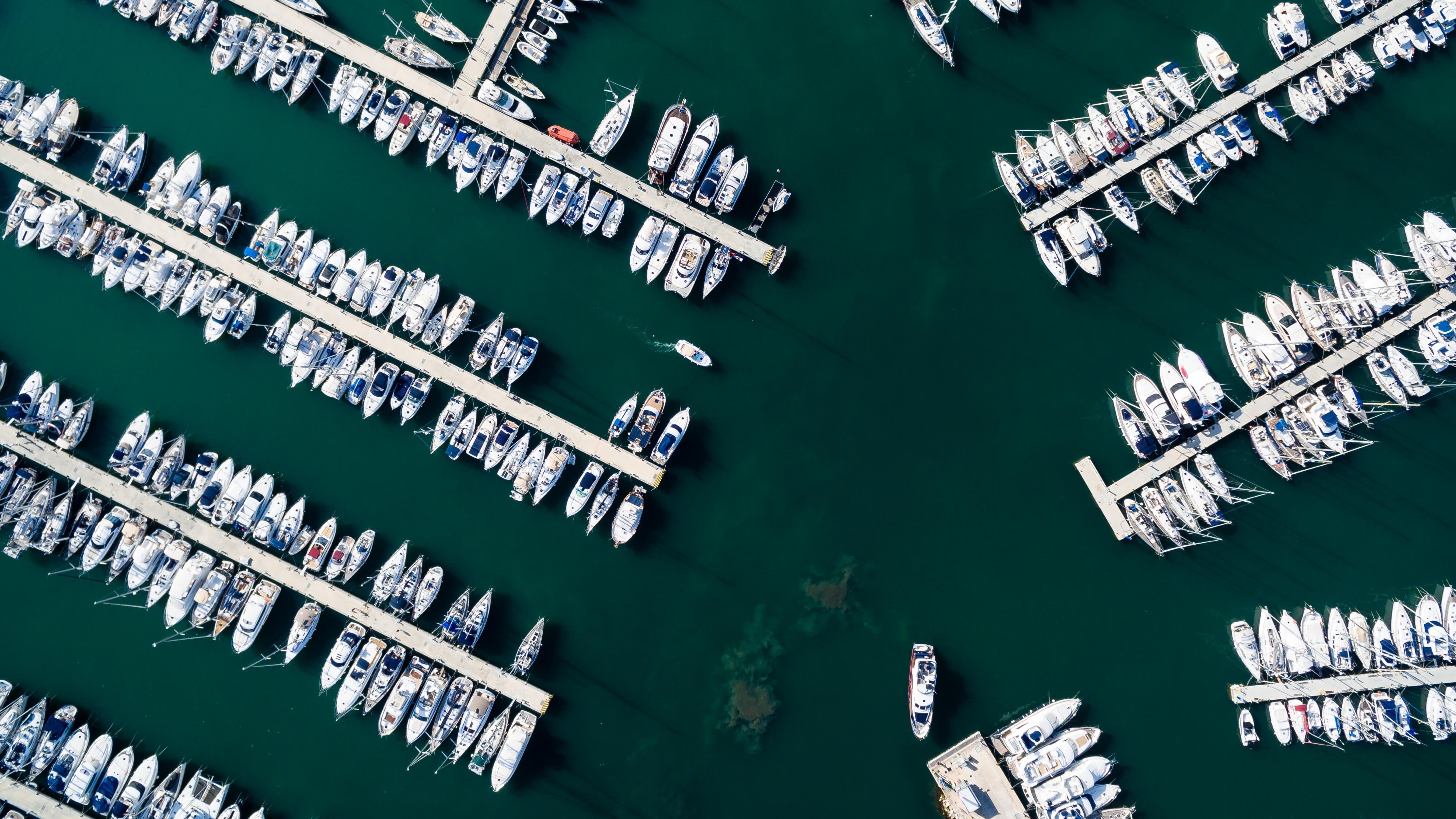It’s crucial to measure your marina in the same manner that you sell space: If selling by the foot is the standard, then measuring and reporting by the foot is equally essential.
You don't sell your slips at a flat rate per slip right? Why would you measure your occupancy in a different way?
Here are 6 reasons why reporting using linear footage metrics is the only way to do it:
1. Yield Opportunities: A Future of Flexible Rates
Marinas need to maximize the revenue generated from every foot of dockage, period. Measuring and understanding occupancy in linear feet can facilitate more dynamic pricing models and allow marinas to adjust pricing and offerings in response to demand.
2. Accurate Benchmarketing
For marinas in competitive environments or those looking to attract buyers or investors, being able to benchmark performance against others in terms of linear feet provides an apples-to-apples comparison that’s more meaningful than just total number of assets and total number of boats.
3. A Marina's Slip Inventory can be Diverse
Unlike hotels, where a room is occupied by one party regardless of individual characteristics like weight and height, marinas wrestle with a diverse range of sellable inventory. Vessels and their associated boater profiles can vary significantly from one day to the next.
Measuring occupancy in linear feet ensures marinas maximize every foot of available dockage, thus optimizing potential revenue. By charging by the foot, marinas are more adaptable - they can adjust based on demand and cater to a broader range of vessels, ensuring best use of all available dock space. This method allows for more equitable revenue generation.
4. Space Utilization
Assessing sellable inventory and occupancy in linear feet provides marinas with a clear understanding of how much of their space is actually in use.
This is a key point - I can’t tell you how many times a marina tells us we’re “full” or “85% occupied” and we then run the analysis of confirmed linear feet of a property's available linear feet by day and its significantly lower.
Using linear feet leads to more accurate planning, pricing strategies, and allocation of resources. This understanding also enables marinas to determine the best ways to accommodate their boaters today, resulting in more efficient use of space.
With this understanding of performance combined with our harbor trend reports, marinas can identify programming opportunities and target boaters that fit within the unmet demand they can address today.
5. Infrastructure Investment & CapEx (flexibility / scalability)
Understanding the current utilization of marina space in terms of linear feet - total available linear feet (TALF), total requested linear feet (TRLF) and total confirmed linear feet (TCLF) - empowers marinas to make well-informed decisions on infrastructure investments.
If there’s an observed demand trend toward larger boats, marinas might contemplate investing in resources and infrastructure that caters to this demographic - considering factors like skilled labor, power needs, pump-out systems, amenities, etc.
This is also true for scaling / strategic expansion. Should a marina with expansion capabilities add more slips and supporting systems for larger vessels or diversify with a broader range of slip sizes?
6. Operational Efficiency
A marina’s expenses often correlate with its size and complexity of its operation - SHM for instance has a specific formula they use to determine staffing based on assets.
By understanding demand and performance based on linear feet metrics, marinas can more accurately gauge and then fine tune their profitability and efficiency.
To illustrate this point:
The resources and expertise required to develop and maintain facilities for transient and mixed-use marinas with larger vessel capacity can be vastly different from those tailored to smaller, long-term facilities.
Larger marinas and larger boats undeniably come with increased considerations - from more skilled labor, sophisticated systems (power, pump out, fuel, etc), and the associated liabilities.
Understanding a marina's capacity and potential, and charging per linear foot based on demand and/or demographic can offset and appropriately balance the scale of operations with cost.


SUBMIT YOUR COMMENT